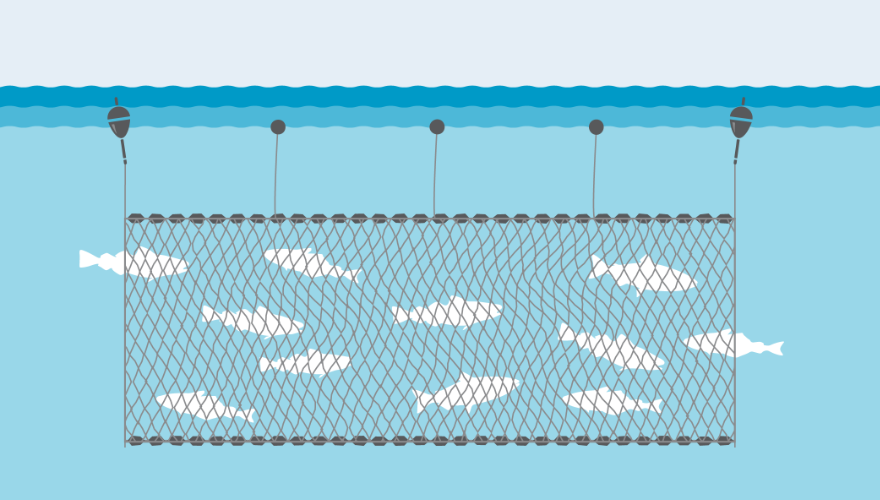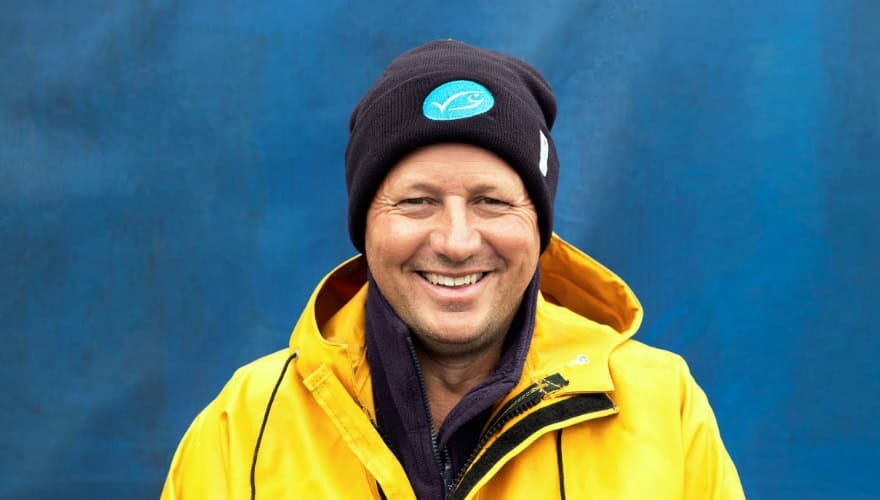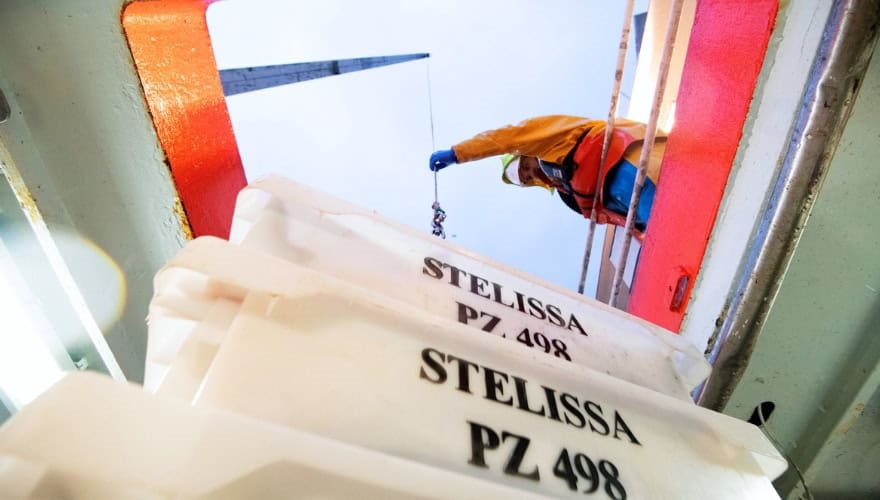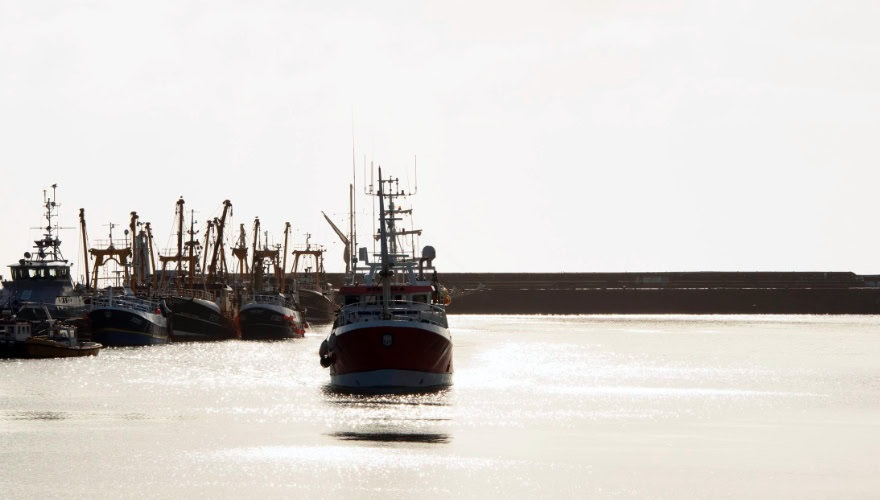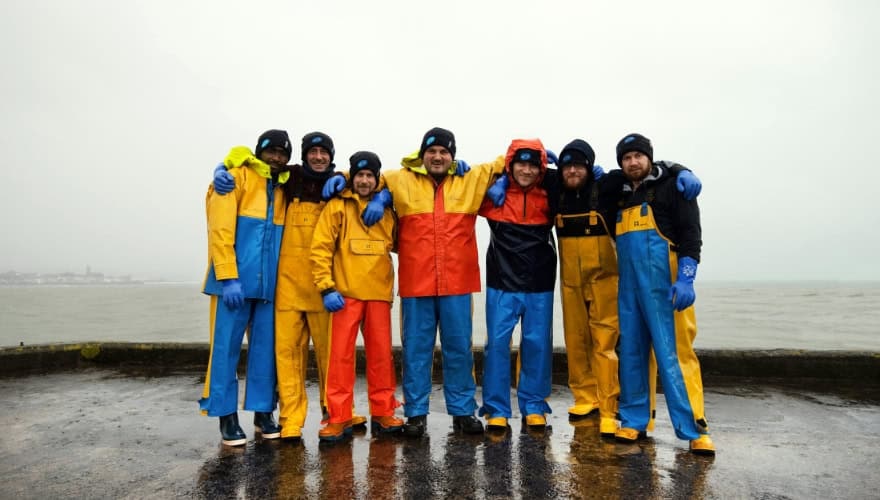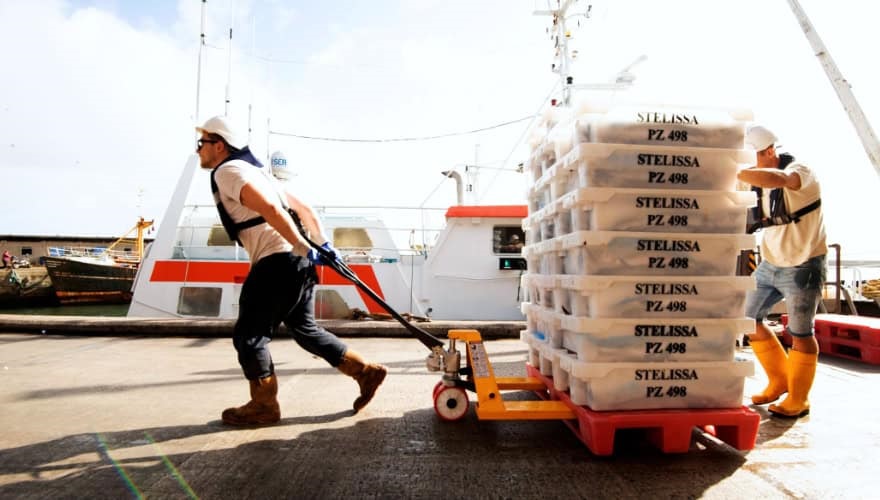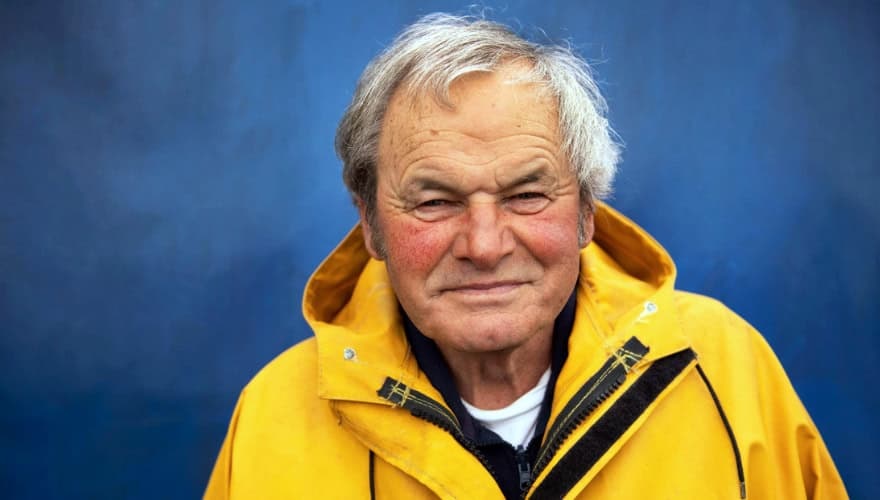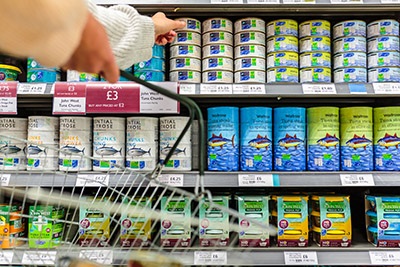In 2015, the Cornish hake fishery became the first hake fishery in the UK to meet the Marine Stewardship Council’s internationally recognised standard for sustainable fishing. The fishery consists of a fleet of about a dozen catching hake in the Celtic Sea to the west of the UK mainland and south of Ireland and is managed by the Cornish Fish Producers Organisation Ltd, a non-profit cooperative.
Cornish hake had been a popular species for many years, but the stock was left depleted in the late 1990s. Thanks to changes brought in by the fishermen and a new management plan set up in 2004, the biomass of hake has massively recovered, and was estimated to be more than double its size in 2024 than it was in 2004. One of the fishery’s key strengths is the use of nets with a larger mesh size than the legal requirement. These nets only target the larger hake and allow the smaller adults and juveniles to swim free, leaving more time for both small fish to grow and young fish to reach maturity and reproduce.
Cornish fishermen land just under 2,000 tonnes of European hake (Merluccius merluccius) per year into Newlyn from the boats, which range from under 12 metres to nearly 23 metres long. The catch is sold at neighbouring fish markets in Brixham, Plymouth and Newlyn while the main end-market for Cornish hake is in Europe, particularly Spain, France and the UK.
A recent economic assessment by NEF Consulting showed that the initial drivers for MSC certification in the fishery were improved marketability of the catch, greater market access, and improved pricing. The study also showed that the price of hake rose after the fishery became certified.
Catching hake
The fishery uses gillnets: curtains of netting that hang in the water. Gillnets generally have low environmental impacts with minimal seabed interaction.